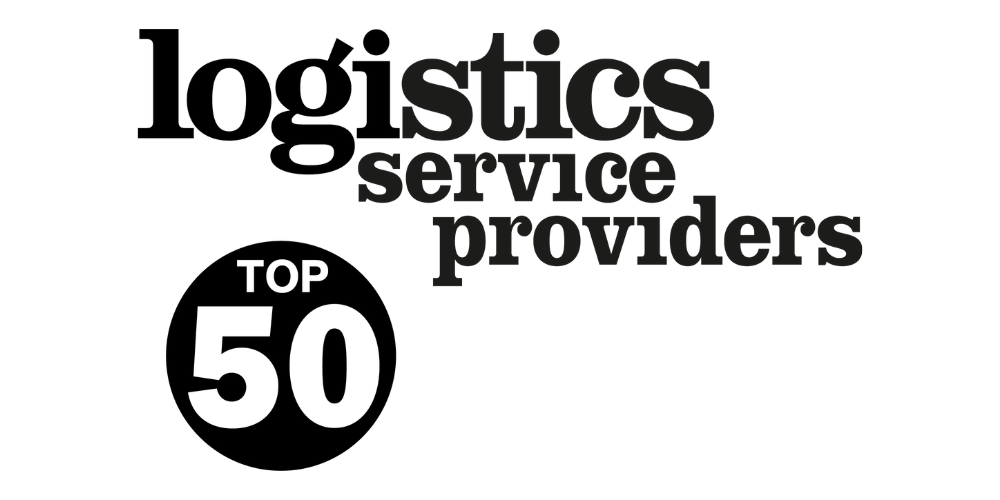This year began with enquiry levels showing improvement throughout the first half of 2004 and while these tailed off in the summer months, recent signs point to renewed activity. There remained a high level of demand for smaller buildings, sub 930sq m. Ye
Browsing: Analysis
A period of reduced economic growth is anticipated over the next year and, since no industry, particularly the logistics sector, operates in a vacuum we must acknowledge that this is likely to have a dampening effect on the market as a whole.
If a Royal Navy submarine requires a spare part or munitions, the equipment must be supplied without fail and, most importantly, on time. And it is the job of FSL Logistics to ensure that whatever the armed forces need, they get it when they want it, and
ORGANISING a second Logistics Link exhibition, albeit one some 200 miles away from Sandown Park, always ran the risk of duplicating the visitor profile. However, as planned, this was avoided because whereas 62% of attendees at Logistics Link at Sandown Pa
Today’s logistics professionals need to be kept up-to-date with the very latest technologies and service provision available as they strive to reduce costs, while at the same time, boosting efficiency.
There are high productivity floors and poor productivity floors and, of course, many shades of grey in between. The worst floors will probably get noticed, for example, if there is a truck collision with the racking. However, many users probably just put
One thing is clear. The industry cannot complain about the lack of transport documents and legislation flowing from the Government over recent years. The 1998 transport White Paper – A New Deal for Transport – was the first in more than 20 years, and focu
Apart from being set to assist the move into the digital era, meeting current legislation – such as Driver’s Hours legislation and the Working Time Directive (WTD) – is already a fundamental requirement which must be addressed. This is equally as importan
For many years the North-east has been very much looked upon as a self-contained entity with its own perceived local economy, culture and dedicated workforce.
Evermore pressure is being put on the supply chain as companies push to move goods through more efficiently while remaining responsive to demand. The logistics function is a key differentiator in the race to work smarter and stay agile in the face of evol





